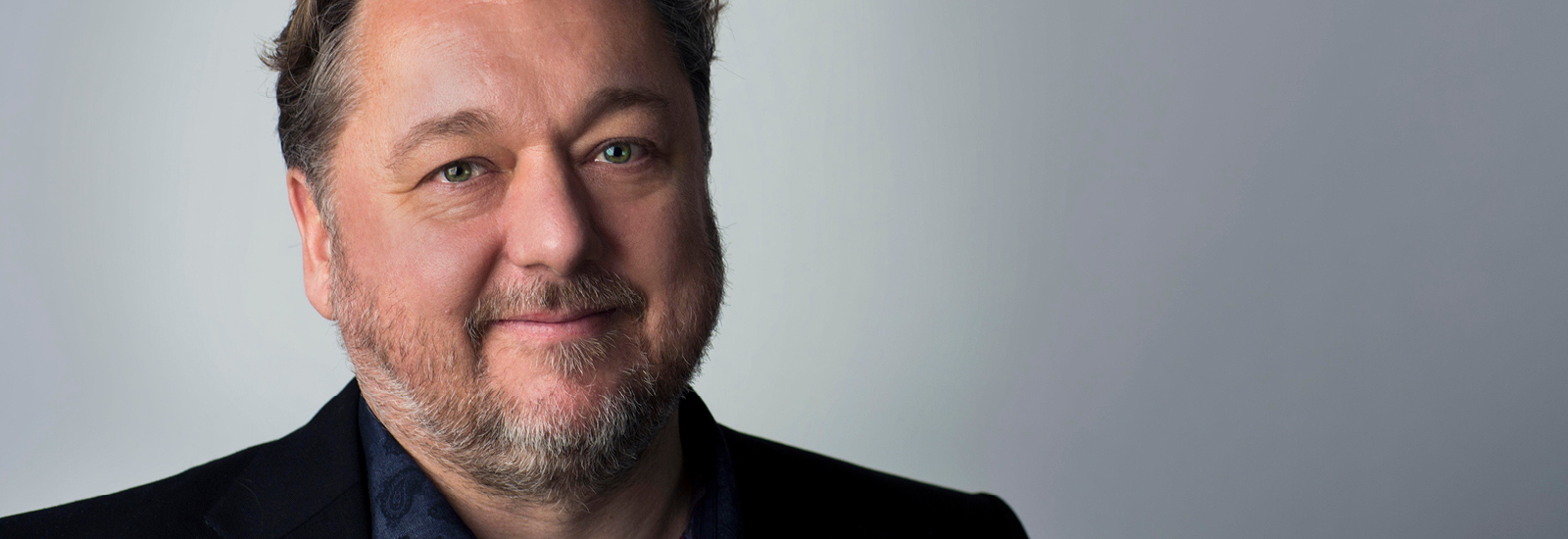Anyone who has been around the block a few times has been here before: this time – no, really – low and no-alcohol beers are really going to be a thing.
It comes along every five years or so – someone has a new brand, there’s been some investment, there’s a big noise, and then… it fades away, quietly forgotten until the next time.
So you could be forgiven for thinking that the current buzz is more of the same this time. But you’d be wrong. This time, thanks to a unique combination of factors, the low-and no beer market really is here to stay. It just needs to get over one little hump in the road, and then it will be a permanent, popular and profitable fixture on any bar.
The sector has grown by over 150% over the last four years, and the sales line already looks very different from the previous small bumps in the graph you see if you trace it back over the last couple of decades.
First, let’s get that annoying half-a-per cent out of the way. To all intents and purposes, 0.5% ABV is 0% ABV. It’s just that in this country, producers are not allowed to say so. Ginger beer is 0.5% ABV. Bananas are 0.5% ABV. Freshly squeezed orange juice is… you get the idea. 0.5% ABV is a trace level of alcohol that exists naturally.
We eat and drink things every day that have this level of alcohol, and the manufacturers don’t need to declare it because it’s at such a low concentration it simply cannot have any effect on you. Lower strength versions of alcoholic drinks are the only exception.
There are various different ways of making a non-alcoholic beer, and traditionally they make it taste horrible. You could brew a full-strength beer and then boil the alcohol off, which leaves an unpleasant taste of stewed vegetables. Or you could make a beer where you don’t ferment to full alcoholic strength, leaving a worty, grainy character.
Now, there are new methods of extracting alcohol, and new combinations of traditional methods, that don’t affect the flavour at all. The absence of the weight of alcohol means the body of the beer can feel a little lighter on the palate, but that’s the only difference. Anyone who needs convincing on this point need only check out the beers from Big Drop, which have beaten full strength competitors in blind tasting at competitions such as the World Beer Awards.
The other big change around the low and- no-alcohol market is consumer demand. And here’s the tricky part. Most articles you see around the growth of no-alcohol beers cite statistics concerning the growth of teetotalism in the UK. They’re missing the point.
For one thing, the picture of a clean living younger generation looks quite different if you look at the data on the use of drugs such as cocaine, ketamine and nitrous oxide.
In addition, many younger people who don’t drink beer simply don’t like the idea of drinking beer – they’re not looking for a low-alcohol version of something they never got into in the first place.
The real market for low-and-no alcohol beer is people who like drinking beer – a lot. They like drinking beer so much, they sometimes wish they drank a little less of it. They love going to the pub any night of the week, but some nights, they still have to get up in the morning. Maybe they do Dry January or Stoptober to try to moderate their drinking. During periods of abstinence, they’d love to still go to the pub, but more than one pint of lime and soda sends them into a depression.
I know, because I’m one of them.
The hump in the road is the availability of good no-alcohol beers on draught. This is a difficult proposition, because you need the demand to be there to justify a draught line on which the beer has a shorter shelf-life thanks to the lack of alcohol, but you won’t see the demand fully realised unless you put a draught line on.
But as soon as people like me can go to the bar and order a pint of something that looks and tastes like good beer but contains no alcohol, it’ll be the first pint in every session. Sometimes, we want to drink without getting drunk, but we still want to looks and feel like beer drinkers.
Now, finally, we can.
By Pete Brown, British author, journalist, broadcaster and consultant



